No products in the cart.
Determining the skin type is a starting point for the selection of suitable cosmetics and skin care treatments. Properly defined skin type, the right cosmetics and care method allow us to keep our skin looking young and healthy for longer and improve our well-being.

So how to determine the skin type correctly?
First, before washing your skin in the morning gently apply an absorbing tissue to your nose, cheek, forehead and chin. Then lift the absorbing tissue against the light and see how much fat is visible on the tissue when you touch each of these areas. If little sebum has been collected on the tissue, you have dry skin. If you see small oily spots on the absorbing tissue that constitute half or less of its surface, you have normal or mixed skin.
If the absorbing tissue is soaked in sebum and transparent, you have oily skin. Determining your skin type will allow you to adjust the care to your needs, but the classic Japanese ritual will allow each skin type to be smooth, soft and radiant.
We have four basic types: dry, oily, mixed and normal. In addition, we also distinguish sensitive, mature, couperose and acne skin, which can accompany each of the above mentioned types.
Skin type determination

Normal or mixed skin
Normal skin – an ideal skin type which occurs practically only in children before puberty. Adults with this type of skin are real lucky ones: their skin is perfectly soft, smooth, with a healthy color, without discoloration. After applying soap and water there are no negative impressions such as tightening or reddening. After a whole day it is optimally moisturized and greased, it does not shine. The makeup removal does not cause discomfort and deterioration of the skin condition – it is fresh and smooth. Moreover, it tolerates rich skin care creams well. It reacts normally to temperature changes and unfavorable weather conditions. Pimples, if they appear, are occasional and single.
Good news:
• Your skin is in a natural state of balance. As for the care ritual, the less the better.
You have normal skin, if:
• Your skin feels comfortable all day long.
• In the afternoon your forehead, nose and chin (T-zone) may start to shine.
• pimples appear on your skin occasionally which is usually associated with hormones or stress.
Tips and methods for normal skin care:
• Avoid aggressive cosmetics that could affect your natural healthy balance.
• The best moisturizer for you will be a gel.
Normal skin characteristics:
- slightly pinkish, uniformly flesh-colored
- smooth, soft to the touch
- seems matt
- firm, tense
- well-nourished and moisturized
- is responding adequately to weather conditions
- tolerates care products well
- the blood vessels are invisible on it
- is free of acne changes, enlarged pores, discoloration
The purpose of care:
- moisturizing, oxygenating, refreshing
- avoiding products with regenerative properties in order not to upset, but only to support its proper functioning
Note: During adolescence, normal skin tends to develop into oily skin, which is why proper skin care is so important.

Dry skin
Good news:
• The pimples don’t concern you, and your skin drinks moisture.
You have dry skin, if:
• Your skin craves for moisture and you feel tension occasionally.
• You don’t get pimples often.
• You notice fine wrinkles.
Tips and methods for dry skin care:
• Dry skin loves moisturizing. Improved moisture and beauty oils will keep your skin looking radiant.
• The ideal moisturizer is a thick cream or oil.
Dry skin characteristics:
- uneven surface (accumulation of calloused cells)
- rough
- matt
- tiny pores
- thin epidermis
- light pale pink in color, often with a pink tone (translucent blood vessels)
- whitish scales, cracks, erosions (lack of elasticity, brittle epidermis) may appear
- highlighted wrinkles, rapidly aging
- may react with redness to soap, water and external factors
The purpose of care:
- deep moisturization, nourishment and oxygenation
- reconstruction of the skin lipid coat
- restoration of the natural moisturizing factor NMF
- supplementation of intercellular cement components
- protection against sunlight, frost and wind
- avoidance of irritants
Notice: Dry skin is not the opposite of oily skin, the existence of both skin types in one person is possible.
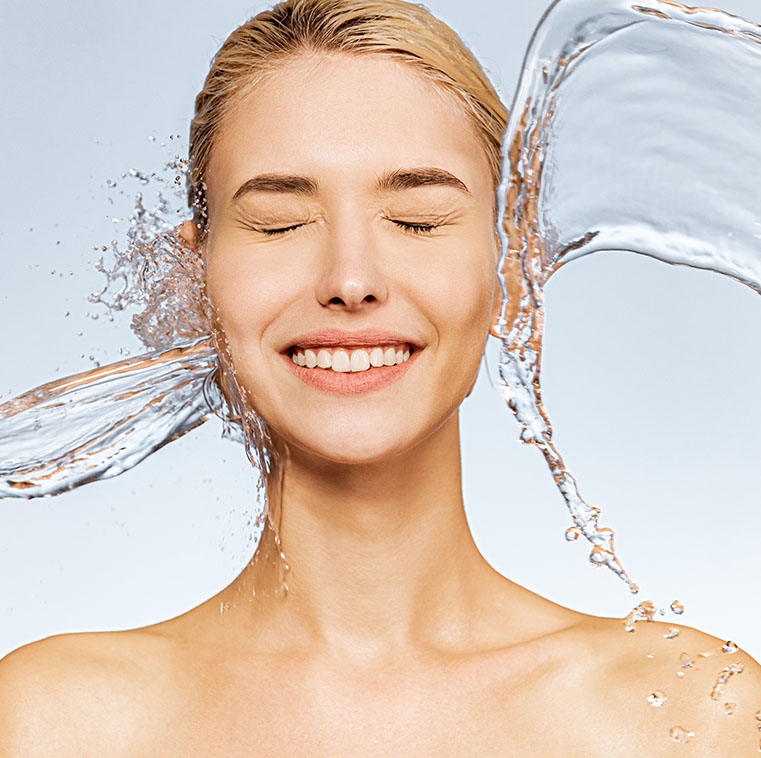
DEHYDRATED SKIN
Dehydrated or actually dehydration of the skin is confused with dry skin. Dry skin is often genetically determined, or appears with age as a consequence of changes related to the skin aging process. Dehydrated skin, on the other hand, is caused by inadequate care, the influence of medicines or external factors or even stress. It can occur on any skin, even oily and acne-prone skin, e.g. during exfoliation treatment.
The symptoms of dehydrated skin are:
- strong tightening, burning, pinching
- redness and peeling and itching
- collagen and elastin fibers become more limp and brittle
- the skin loses its firmness and becomes flabby
- numerous wrinkles appear (linear wrinkles, which disappear when the moisture level is evened out) and the vasodilatation
- Long-term dehydration causes rapid skin aging.
To sum up, the disturbances in the structure of the hydrolipidic film on the skin surface cause its dryness, and the disturbances in the maintenance of the correct amount of water in the epidermis cause its dehydration. Therefore, in the care of dehydrated skin, the most important thing is to directly replenish water and provide substances that will facilitate its binding in the skin.
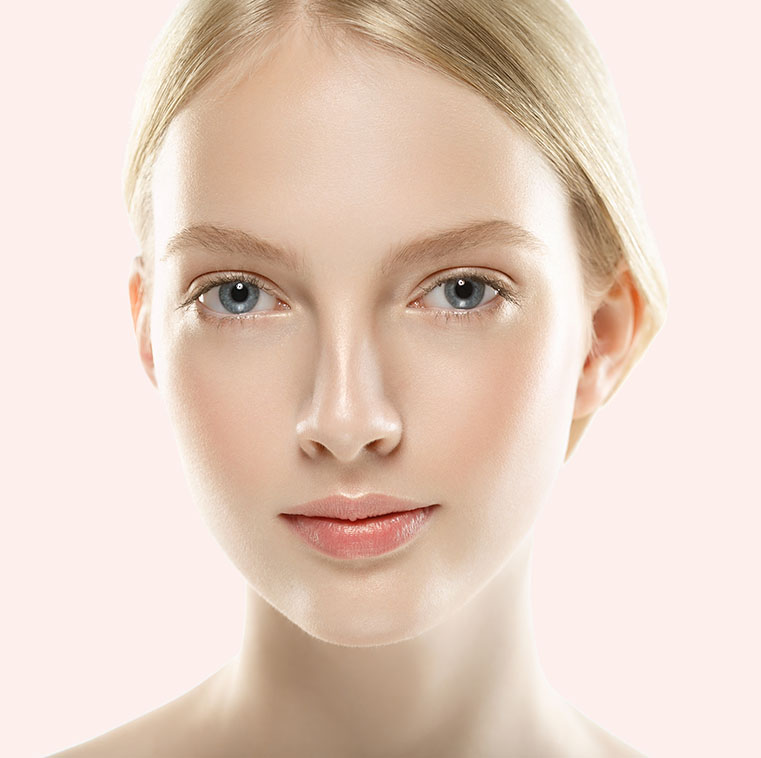
Oily skin
Oily skin – due to the excessive activity of sebaceous glands, it shines excessively all the time (both after washing with soap and water and after make-up removal with cleansing milk). The use of rich face cream causes discomfort. In addition, there are dilated pores, the skin has tendency to frequent and numerous eczemas as well as acne. It is also thicker than e.g. dry skin and has an ashen and grey color. It is nevertheless heartening to see that she remains young for a long time, without wrinkles. Unfavorable weather conditions and temperature changes are not harmful for it, only after exposure to the sun, intensified seborrhea and more eczemas may appear.
Good news:
- Oily skin remains younger for a long time, which is a reason to be pleased.
You have oily skin, if:
- Your skin starts shining soon after washing.
- You’re often beset with eczemas.
Tips and methods for oily skin care:
- Exfoliation and light moisturizing are key to the balance of your skin.
- The best moisturizer is gel or lotion.
Oily skin characteristics:
- gray, ashen (result of thickened epidermis)
- shining, seborrhea occurs
- enlarged pores, close to each other
- presence of blackheads (open visible as black spots at the mouth of the follicle exit and closed as lumps)
- resistant to chemical and weathering irritation
- corresponds to deterioration of its condition under the influence of stress, hormonal factors, digestive system disorders and vitamin B, E and H deficiencies
- its appearance improves in summer (sebum melting)
- is ageing late
- provides a basis for the development of acne lesions (sebum in combination with exfoliated stratum corneum cells and altered ph forms an ideal medium for Propionibacterium acnes bacteria)
The purpose of care:
- reduction in the thickness of the stratum corneum
- regulation of sebum secretion by sebaceous glands, closing of pores
- matting effect
- improvement of skin blood supply
- avoidance of care products that are irritating, disrupting the natural bacterial flora and acid ph or excessively degreasing the epidermis
- moisturization and oxygenation
- antibacterial disinfecting effect
- irritation soothing
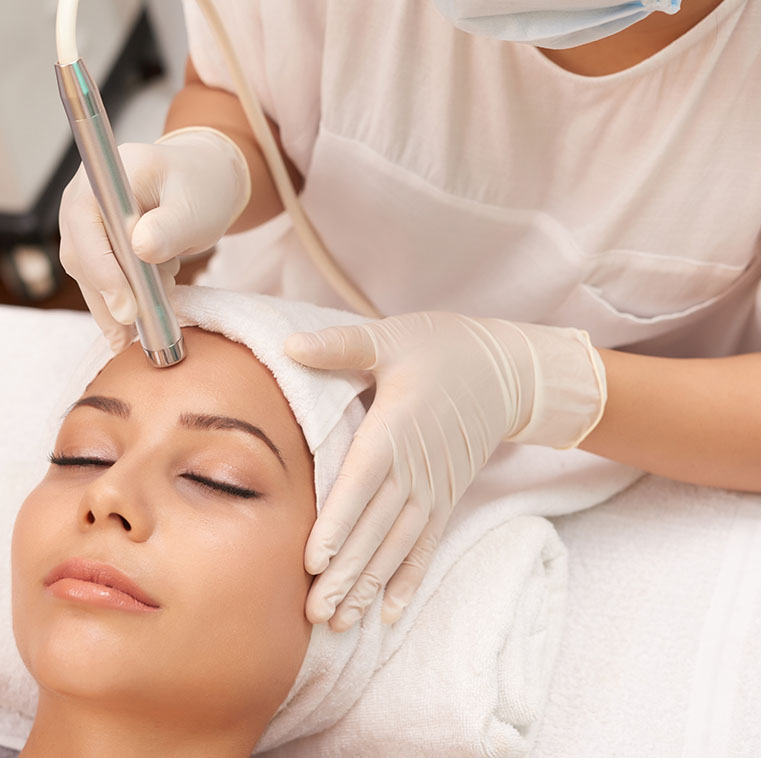
Mixed skin
Mixed skin – one of the most common skin types, difficult to care for. It is characterized by the presence of more than one type of face skin: it is usually dry on the temples and cheeks, while oily on the forehead, nose and chin (so-called T-zone). That is why the behavior of the skin in particular parts of the face is characteristic for particular skin types.
Mixed skin characteristics:
- oily zone: forehead, nose, chin
- dry zone: cheeks, temples, eye area
- contact with water and soap causes significant irritation, tension and burning
- often occurs in people with a tendency to oily skin
The purpose of care:
- Double care, individually tailored to each skin zone
- use of products which simultaneously moisturize and regulate sebum secretion
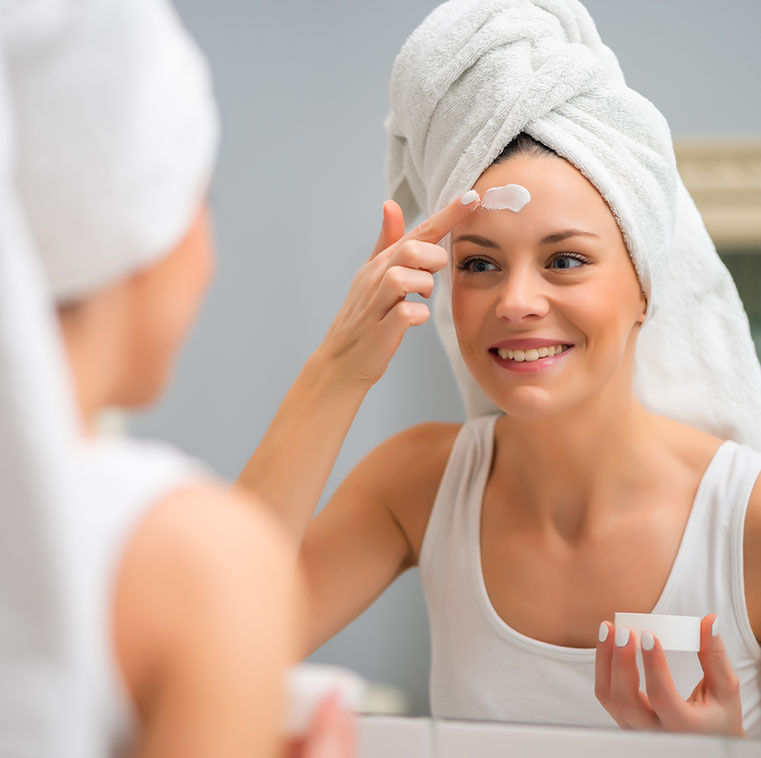
Sensitive and allergic skin
Sensitive and allergic skin – is characterized by reduced tolerance to environmental factors (cold, heat, sudden temperature changes, polluted air, tobacco smoke). Hypersensitivity may also be a result of frequent and prolonged topical application of the products. In the case of sensitive skin we deal with frequent discomfort, typical care activities such as washing, makeup removal, cause unpleasant burning sensations, the skin is often reddened and irritated.
Good news:
- Because you consciously choose your cosmetics so as not to irritate the skin, your skin is healthy. Your skin communicates with you and you know how to treat it gently.
You have sensitive skin, if:
- Your skin is oily, dry or normal, but reacts to new environments or cosmetics.
- You are often beset with eczema, dermatitis or nettle rash.
Tips and methods for sensitive skin care: - Avoid synthetic fragrances and aggressive cosmetics.
- The perfect moisturizer should be odorless and hypoallergenic.
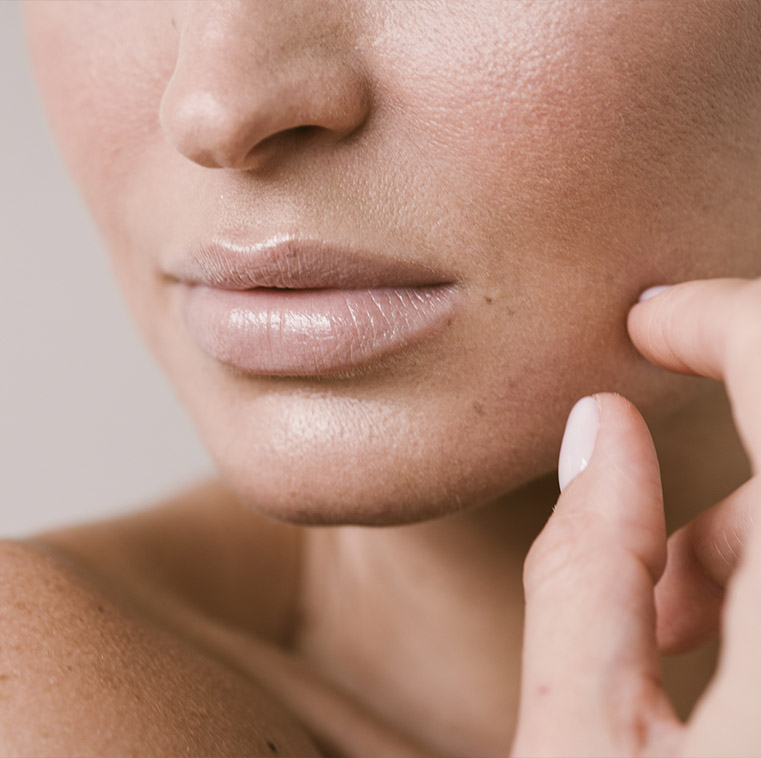
Skin with dilated capillaries
Skin with dilated capillaries – the reddening of the skin, mainly of the face, is characteristic. Such skin is also in most cases sensitive and reacts badly to topical and general factors. The erythema results from permanently dilated superficial capillaries (they are by no means cracked, as it is often said). Such symptoms appear mainly on the cheeks and nose, but can occur over a larger area, even on the neck and neckline. Usually the skin with dilated capillaries is dry or mixed.
